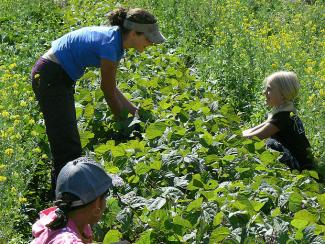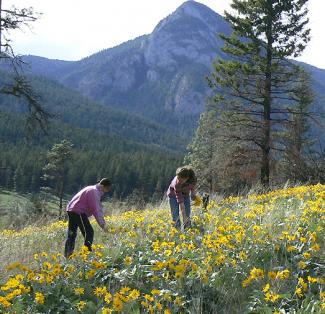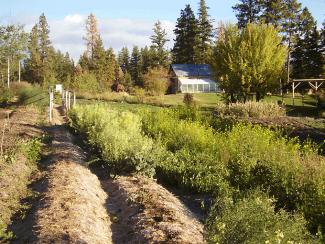Permaculture farming uses all of the principles laid out in natural farming practices mentioned above but goes beyond. It integrates food production and the home or the “hospital” as in the proposed “Holistic Healing Village Concept” to create a diet and lifestyle that minimises the impact on the environment. It promotes the use of natural fertilisers making use of the natural carbon cycle so that waste from plants become the fertiliser for another. However, as with all farming, minerals are lost every time produce is sent to market. Permaculture regards the farm as an energy bank; food is grown for local consumption, waste is recycled back into the system and creates a closed system. There is a significant difference between closed and open food-production systems. In a truly closed system, energy is not lost, it is simply transferred from one being or element to another.
A permaculture system can never be fully closed, energy is ideally used by one element effectively and passed on for the benefit of the next before it leaves the system. Design is extremely important and it is a science which has to be learned. Therefore, it has the potential to revolutionise the way plant life is cultivated and managed all over the world. It can provide meaningful work where the knowledge of plant life is essential to all farm workers.
Permaculture focuses on closing the nutrient/water loop by using waste and eliminating the dependence on inputs. Healthy soil is created and the design of the farm maximises diversity of produce. There is no waste in the design e.g. no excess nitrogen or seed. All space is used effectively and efficiently and is part of the design. Plants are allowed to reseed and inter-planted for pest control. A permaculture site looks more like a food-forest with some open glades full of herbs and perennials rather than food grown in rows. Nature’s methods are imitated by conserving soil and water and optimising natural energies such as the wind, dust, leaves, bird droppings etc.




